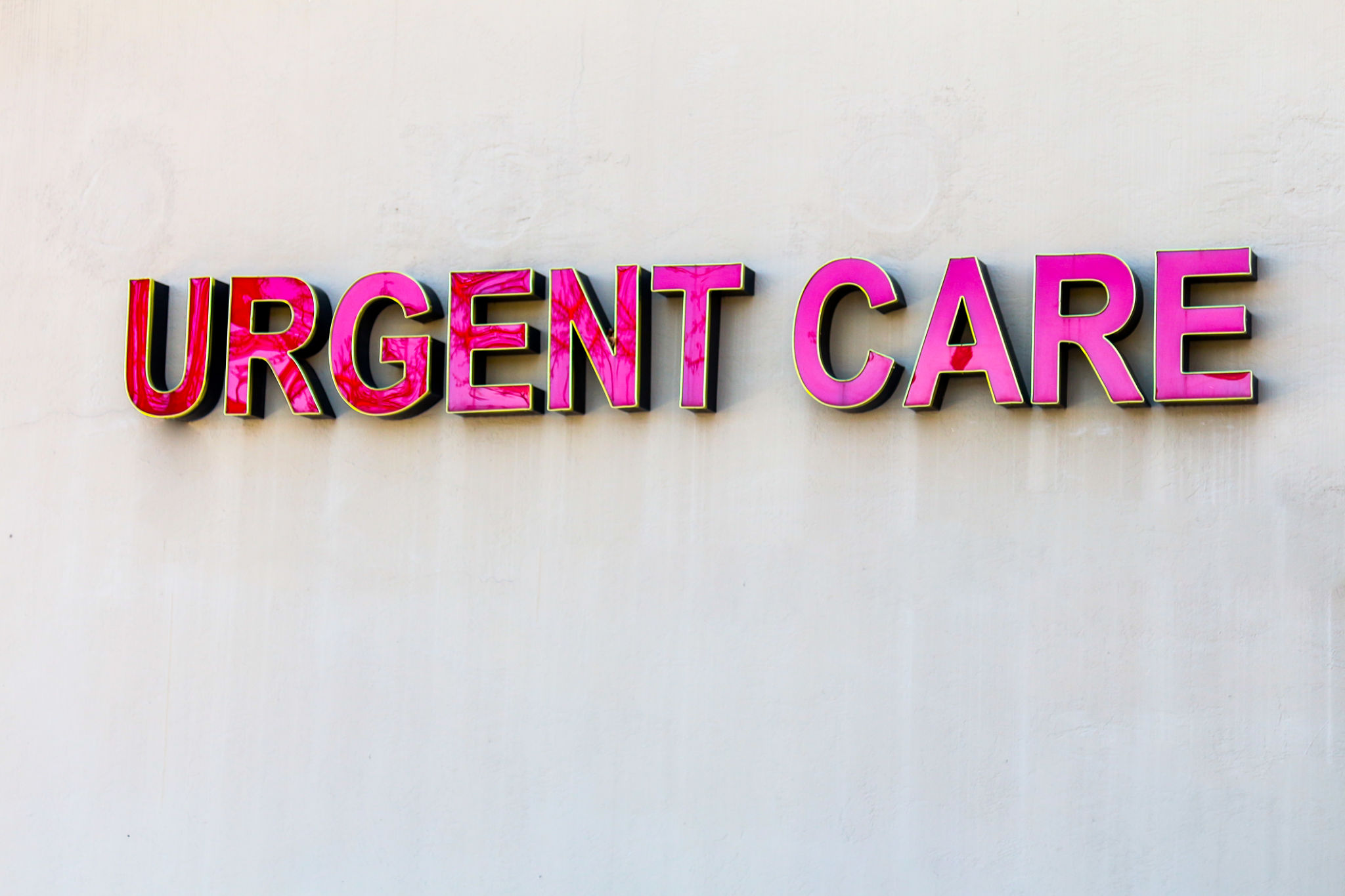The Benefits of Choosing a Walk-In Medical Clinic in Jenjarom
Convenience and Accessibility
One of the primary benefits of choosing a walk-in medical clinic in Jenjarom is the convenience and accessibility it offers. These clinics are typically open for extended hours, including evenings and weekends, making it easier for patients to receive care without having to rearrange their schedules. This flexibility is particularly beneficial for those with busy work or family commitments who find it challenging to visit traditional healthcare facilities during regular hours.
Walk-in clinics eliminate the need for appointments, allowing patients to simply walk in and receive medical attention as needed. This aspect is especially advantageous for individuals needing immediate care for minor ailments or injuries, where waiting for an appointment with a primary care physician is not feasible.

Cost-Effective Healthcare
Another significant advantage of walk-in medical clinics is their cost-effectiveness. They generally offer more affordable healthcare services compared to hospital emergency rooms. For non-life-threatening conditions, walk-in clinics provide a viable alternative that can save patients money while still delivering quality care.
Most walk-in clinics accept a variety of insurance plans, and for those without insurance, the out-of-pocket costs are usually reasonable. This affordability makes healthcare more accessible to a broader segment of the population, ensuring that financial constraints do not prevent individuals from receiving necessary medical attention.
Comprehensive Medical Services
Walk-in medical clinics in Jenjarom offer a wide range of services that cater to various healthcare needs. Patients can receive treatment for common illnesses such as colds, flu, and infections, as well as minor injuries like sprains and cuts. Additionally, many clinics provide preventive care services, including vaccinations and health screenings.

Some clinics also offer specialized services such as diagnostic testing, physical exams, and management of chronic conditions. This comprehensive approach ensures that patients have access to a broad spectrum of healthcare services under one roof, reducing the need for multiple visits to different facilities.
Qualified and Experienced Healthcare Professionals
The staff at walk-in medical clinics typically includes qualified and experienced healthcare professionals who are dedicated to providing excellent patient care. From doctors and nurse practitioners to physician assistants and registered nurses, the team is equipped to handle a variety of medical situations efficiently and effectively.
The presence of skilled professionals ensures that patients receive accurate diagnoses and appropriate treatments promptly. This combination of expertise and efficiency contributes to a positive patient experience and fosters trust in the quality of care provided.

Reduced Waiting Times
One of the most frustrating aspects of seeking medical care is often the long waiting times associated with traditional healthcare settings. Walk-in clinics address this issue by streamlining the patient flow process, significantly reducing wait times for those seeking care.
By offering care on a first-come, first-served basis and optimizing operational efficiency, walk-in clinics ensure that patients spend less time waiting and more time receiving the necessary medical attention. This efficiency is especially beneficial in urgent situations where timely care is crucial.
Community-Centric Approach
Walk-in medical clinics in Jenjarom are deeply integrated into the community and are committed to serving the local population's healthcare needs. This community-centric approach fosters a sense of trust and reliability among residents who rely on these facilities for accessible healthcare services.

Many clinics engage in community outreach programs, health education initiatives, and partnerships with local organizations to promote overall well-being. By prioritizing community health, walk-in clinics play a vital role in enhancing public health outcomes in the region.